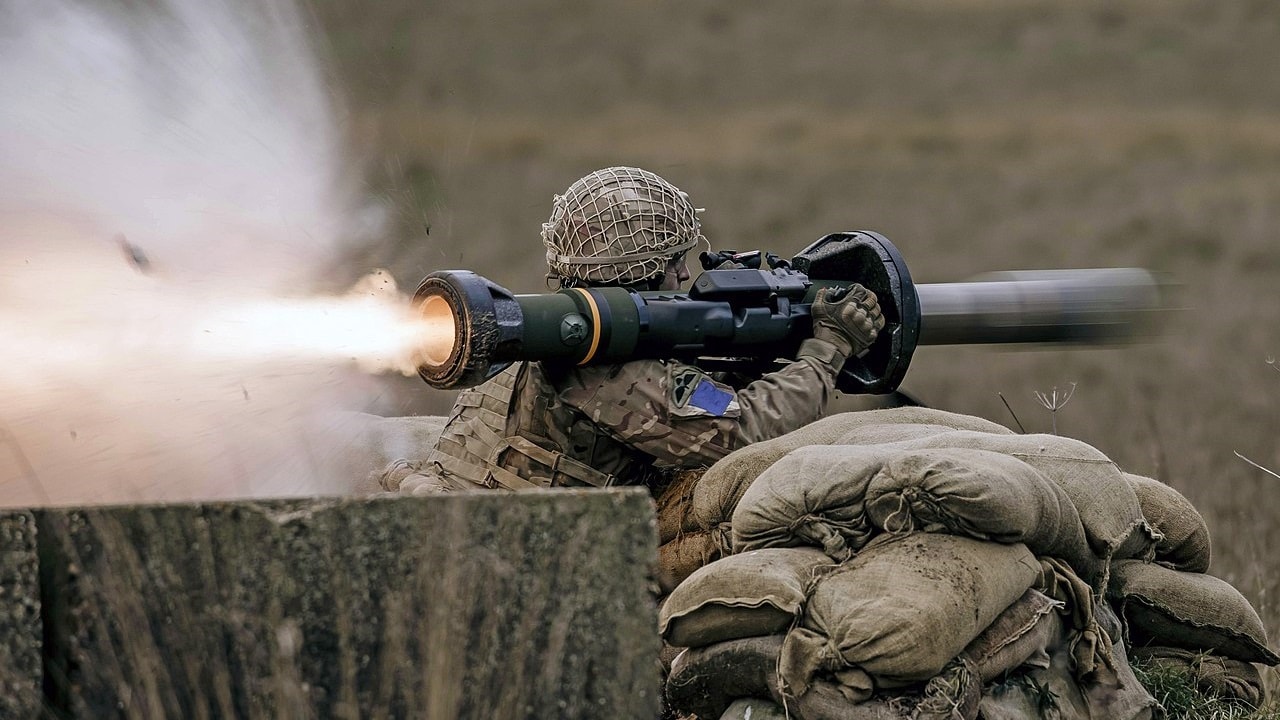Earlier this summer, a video circulated on social media that purported to show a British-made next-generation light anti-tank weapon, or NLAW, being used to destroy a Russian tank in Ukraine. However the video, which was posted to YouTube on July 20, was not actually taken during the recent fighting. In fact, it wasn’t even real footage. The depicted scene came from the popular online multiplayer military simulation Arma3.
As with a lot of misinformation on social media, it is simply a matter of the context being lost as it made the rounds. And it isn’t hard to understand why the public would make the mistake. While this particular video wasn’t real, the anti-tank weapon has been used to great effect by the Ukrainians since they received the first batches in the spring. To date, the UK has sent more than 5,000 NLAWs.
Laying Down the NLAW
The NLAW is a joint British-Swedish design. It was developed by Saab Bofors Dynamics and is currently built in Belfast, Northern Ireland, by Thales Air Defence.
The single-shot, fire-and-forget, shoulder-fired disposable missile system was designed for use by infantry. Weighing just 27.5 pounds, it is easy to fire, and light enough that the operator can still carry an additional weapon, such as a rifle. The shoulder-mounted device is capable of firing a single 150mm high-explosive anti-tank missile to a distance of 2,600 feet.
The NLAW employs a soft-launch system, which means that the missile is ejected non-explosively. This allows infantry to use it from within an enclosed space. Much like the American FGM-148 Javelin, the NLAW can target the top of a tank’s turret, where the armor is usually weakest. Operators need to aim just one meter above the tank, and the downward-shaped charge can do the rest.
The time from target detection to engagement is approximately five seconds.
A Platform Worth Every Dollar
The NLAW can be fired from almost any position – high up in a building, behind a tree, or even in a ditch or trench. Operators can fire down 45 degrees. They can shoot from inside a building, from a basement, or from the second floor of a building, out of the range of most tanks. In direct attack mode, the NLAW can be used against soft targets including trucks, buses, and helicopters. It can also be fired into buildings, where it will cause significant damage.
As with other modern anti-tank weapons, the NLAW is a one shot, one kill platform. Moreover, at $40,000 per unit, it isn’t exactly cheap. But it is still an effective tool against far more expensive assets such as Russian main battle tanks. Like the Javelin, it has proven to be highly successful in that role.
Photos of the NLAW
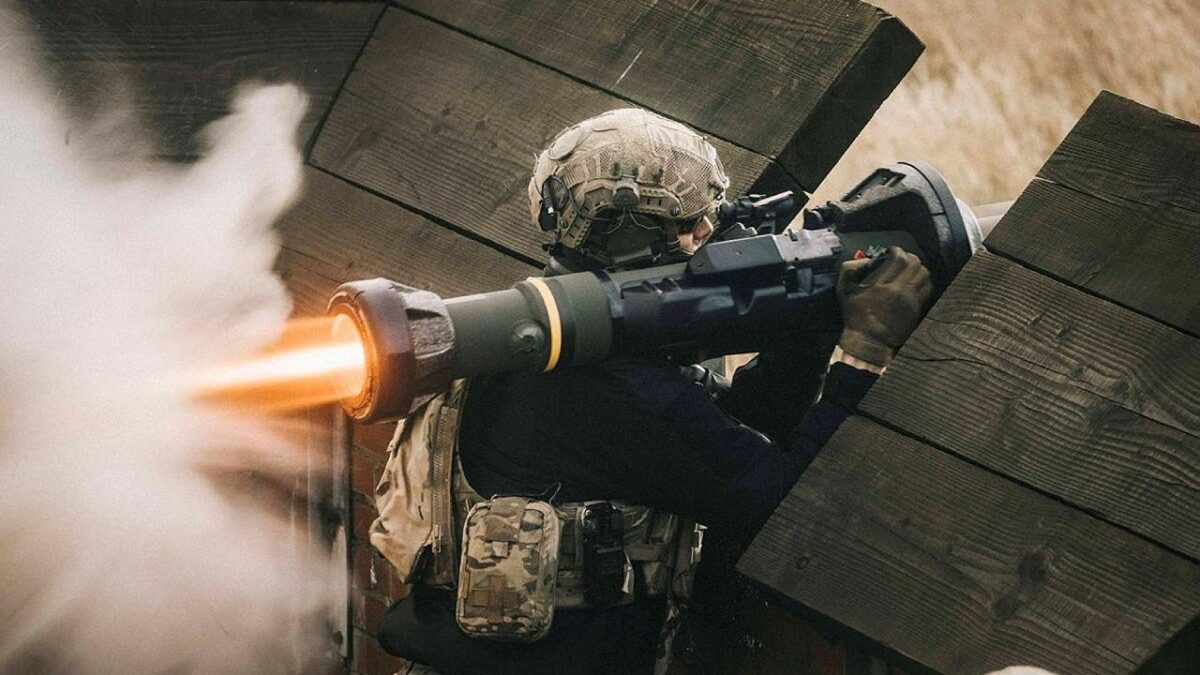
NLAW missile firing. Image Credit: Creative Commons.
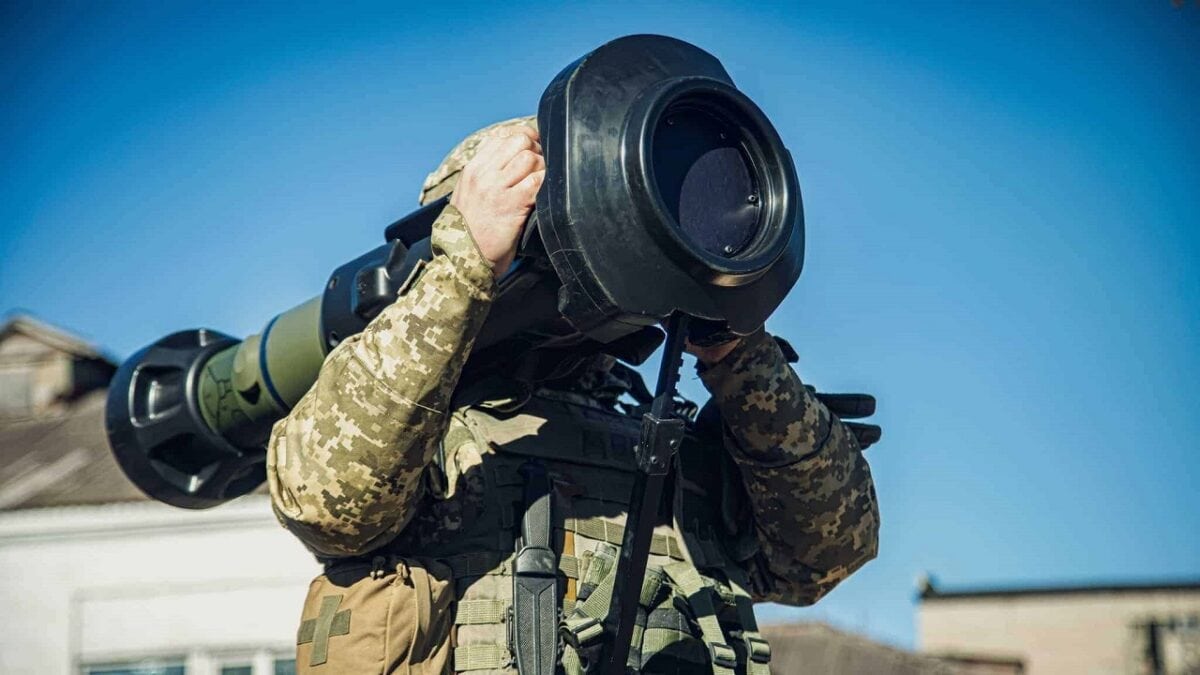
Ukrainian marine with NLAW ATGM. Photo: Marine Command.
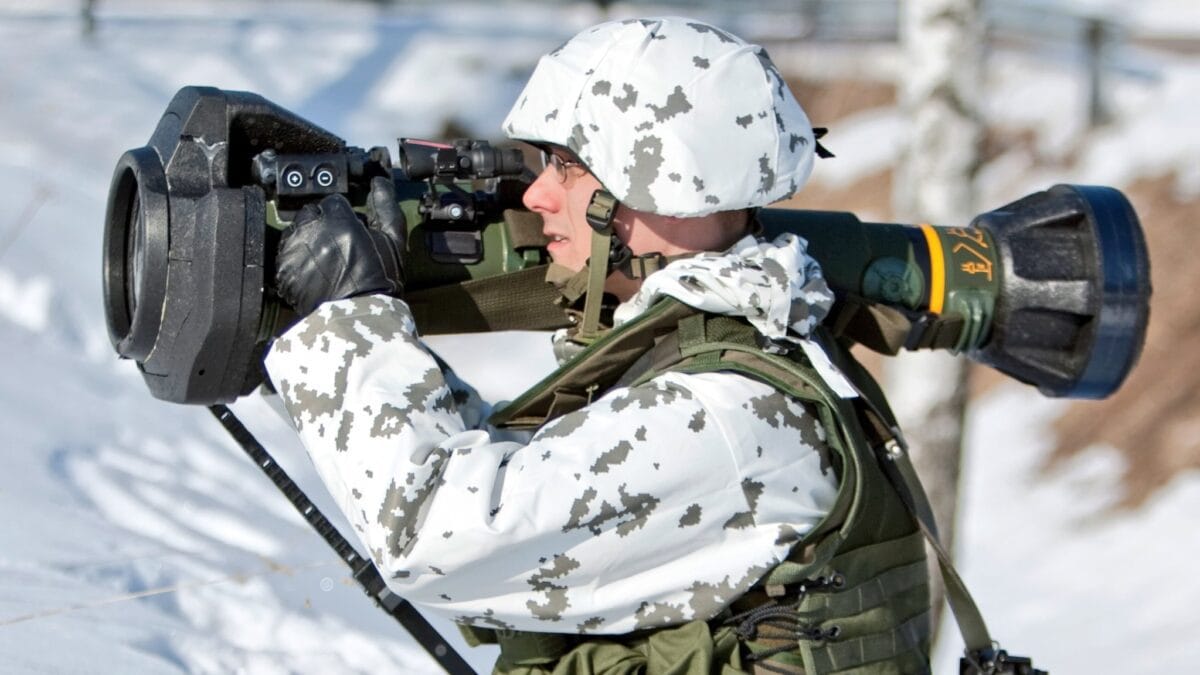
NLAW anti-tank missile. Image Credit: Creative Commons.
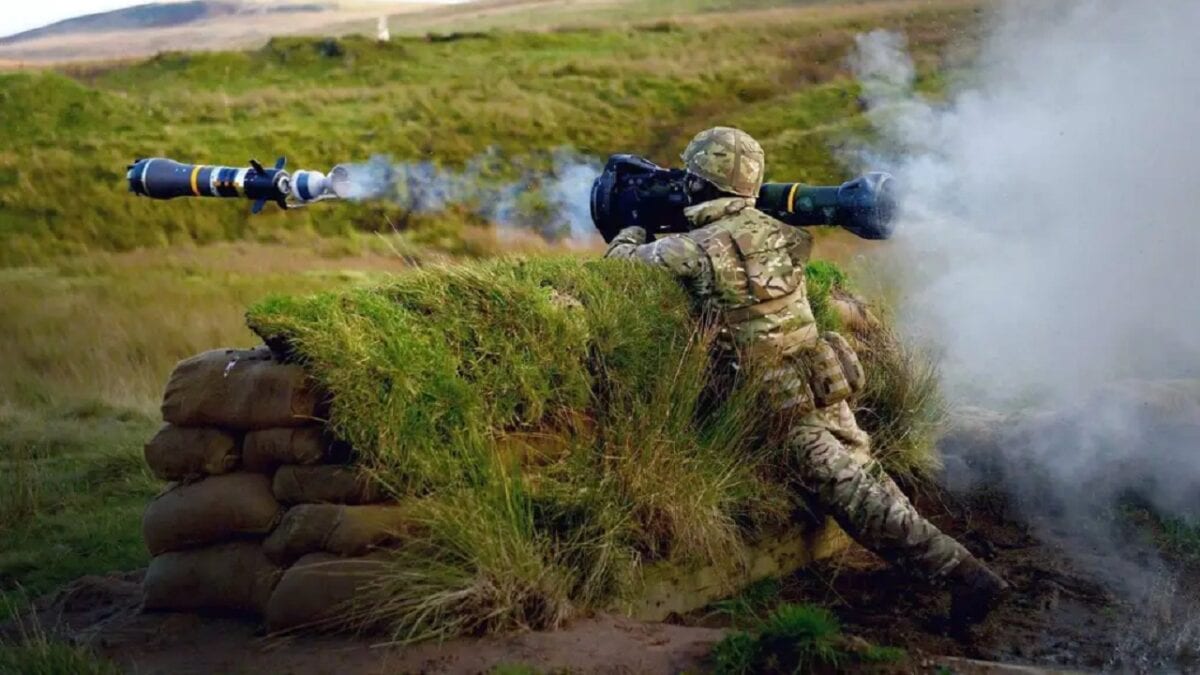
NLAW anti-tank weapon. Image Credit: Creative Commons.
A Senior Editor for 19FortyFive, Peter Suciu is a Michigan-based writer. He has contributed to more than four dozen magazines, newspapers, and websites with over 3,000 published pieces over a twenty-year career in journalism. He regularly writes about military hardware, firearms history, cybersecurity, and international affairs. Peter is also a Contributing Writer for Forbes. You can follow him on Twitter: @PeterSuciu.

